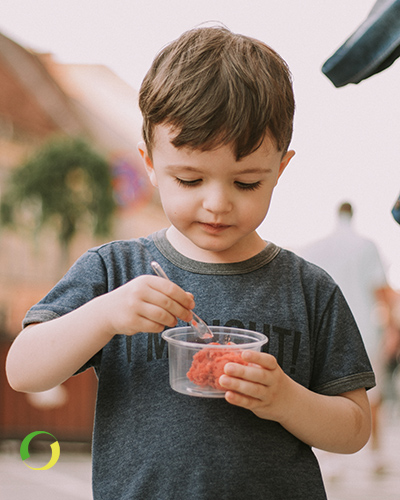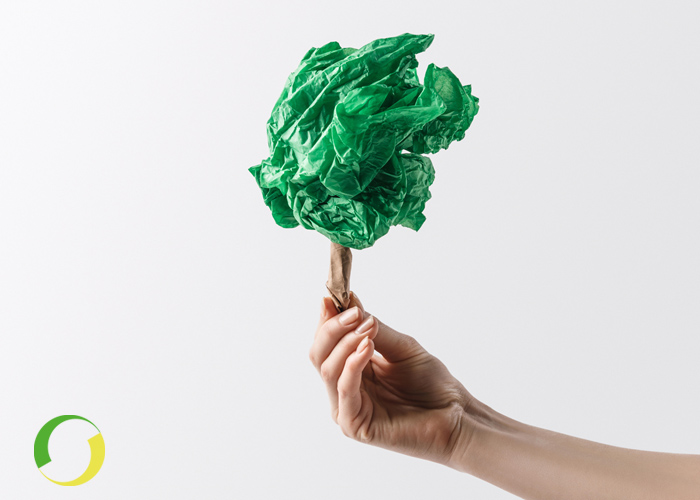Together with the battle against climate change, the one related to pollution and recycled plastics is one of the most important challenges of recent years.
The problem of pollution is very “articulated” and so is dealing with it, even for those involved in working with this material.
In fact, in this article we, who work with plastics, try to offer an internal point of view to try to bring attention to the different aspects of such a complex and current scenario.
Plastic packaging has become indispensable in everyday life, most products would expire or become damaged before they reach the store.
Despite this, it is often considered one of the main enemies in our planet’s battle for environmental sustainability because it becomes waste soon after its use.
To date, manufacturers or those who work with plastics are demonized, but the conditions for sustainable success are possible.
We believe, in a very modest way, that there needs to be general awareness (manufacturers and consumers) without finding plastics the only enemy.
This is why companies in various sectors are trying to reduce the impact of packaging while still benefiting from its properties.
Recyclable plastic containers: the conditions for success
Plastics are materials with very valuable potentials.
Contrary to what may be the common view, it is a material with little “impact” because it consumes less energy in manufacturing and produces fewer greenhouse gas emissions than some alternative materials.
Plastics are inexpensive, versatile, lightweight, and very durable.
(BPF: British Plastics Federation)
Thinking about business-to-business models involving the use of reusable packaging or green solutions are “strategies” that plastics manufacturers have already been thinking about for years.
One example to report on is the production of plastics derived not from petroleum but from natural materials such as sugarcane, wood, vegetable oils, starch, food production waste or biopolymers.
In addition to manufacturers or those who trade plastics, the response of buyers in purchasing these products and the consumer is equally important.
In short, the whole cycle of these materials needs attention, here we try to make an analysis on some points.

Consumer sensitivity
For the NGO Enpa., thousands of cans and small bottles (glass and plastic) are uncivilizedly abandoned in parks, flower beds, on the streets or beaches.

Strengthening of collection and recycling infrastructure
We talked about the fact that proper post-consumer care is essential, but on the other hand, careful policy on a recycling economy is needed.
Increasing recovery but lack of facilities does not make it easier to recycle plastics.
“Forty years after the launch of the first universal recycling symbol” – “The New Plastics Economy: Catalising Action” – “only 14 percent of plastic packaging used on a global scale is collected and properly sent to material recovery facilities.”

Plastics are mistakenly thought to be harmful and not always suitable for recycling.
In fact, some packaging cannot be recycled due to contamination but can be recovered to generate energy.
www.plasticpackagingfacts.org
PET (polyethylene terephthalate-a 100% recyclable plastic material), in particular, contains no toxic substances.
“When burned, it produces carbon dioxide and water and leaves no toxic residue.”
(Brett Martin)
Although most thermoplastics can, in principle, be recycled, PET bottle recycling is much more cost-effective.
The main reason is the high recyclability of this material.
In addition, the environmental impact is very high because bottles are among the largest plastic wastes and the bottles themselves are made almost entirely precisely of PET.
Finally, PET products are easily identifiable in a recycling stream making their recovery treatment easy.
A recycled “new aesthetic”
Packaging redesign should be at the heart of the challenges of sustainable packaging.
That is, creating packages that are easier to recycle to the point of integrating increasing amounts of recycled plastics into products is the way forward.
But at the same time, the perception toward a new green aesthetic must also increase.
Recycled plastics have imperfections of a material that is no longer virgin that must be seen as qualities and not as manufacturing defects.
This new challenge poses new goals for each of the parties involved.
- designers need to interface more deeply with plastics manufacturers and distributors so that they know all facets of the production cycle for more informed and sustainable design
- buyers need to be trained to appreciate the new organoleptic characteristics of products
- policy should facilitate and encourage the processes of waste collection and disposal and recycling
- communication must enhance the value of new products, presenting them as “value pluses” and not as fallback choices
- distributors should take it upon themselves to propose and explain the qualities of recycled plastics so as to raise awareness among all parties involved
Steba is also at the forefront of this sustainable plastic packaging landscape with activities in:
- Collaboration with designers/marketing offices on green redesign
- Inclusion in its catalog of proposals such as the “Sugar Cane” and bottles made of recycled materials
- Advice to guide buyers in making the most suitable choice for their requirements while respecting the environment
Contact us to find out how to make your packaging more environmentally sustainable
and become more friendly and involved in the planet’s challenges!


